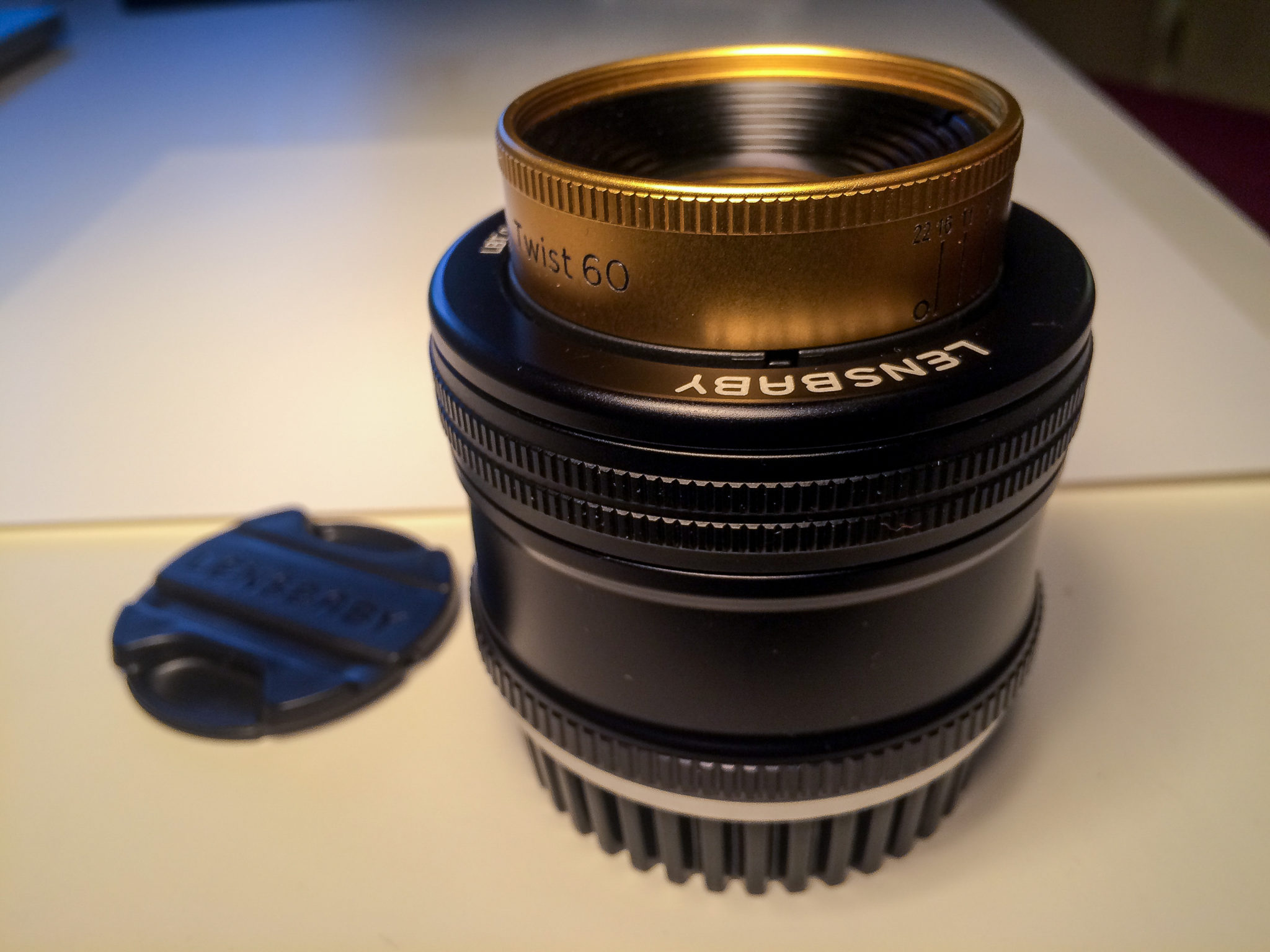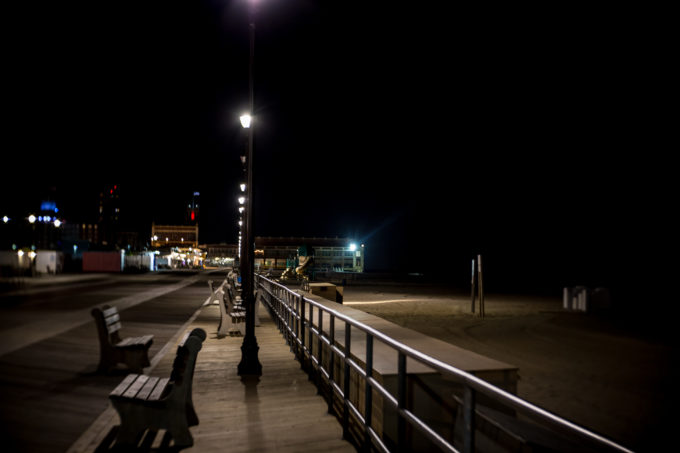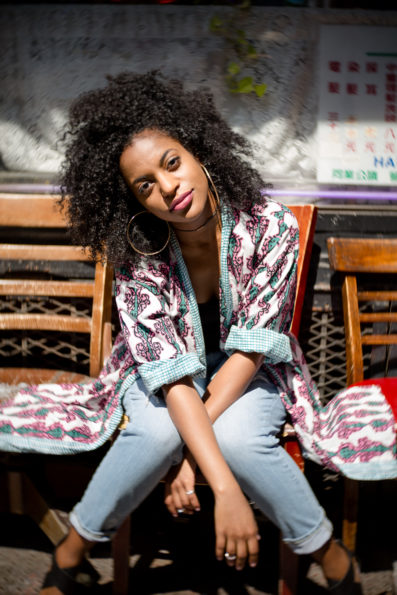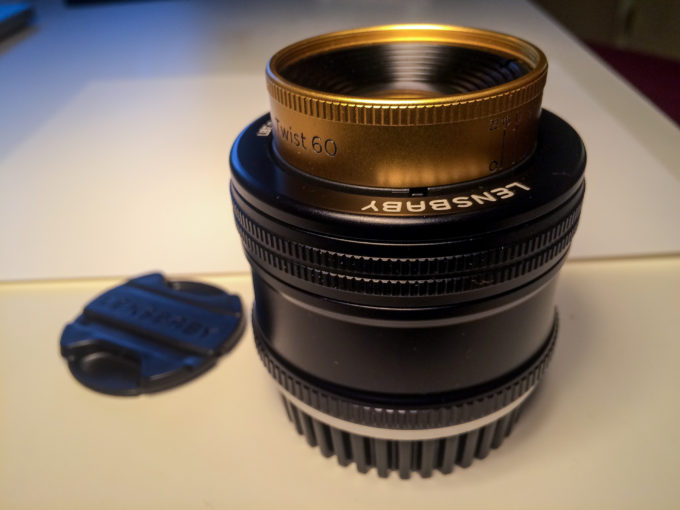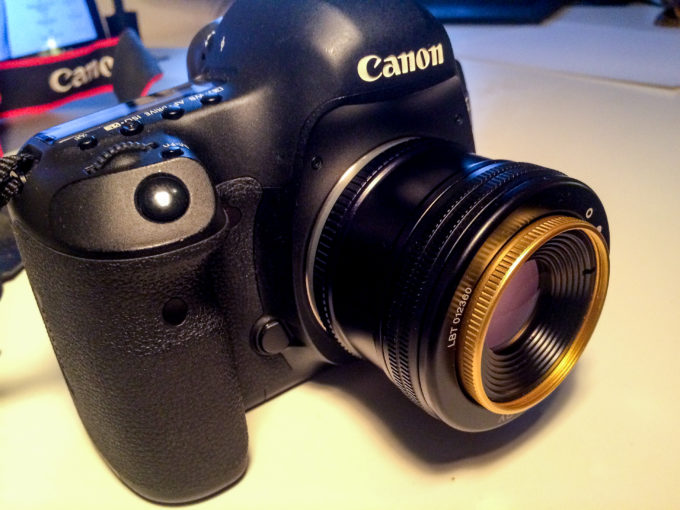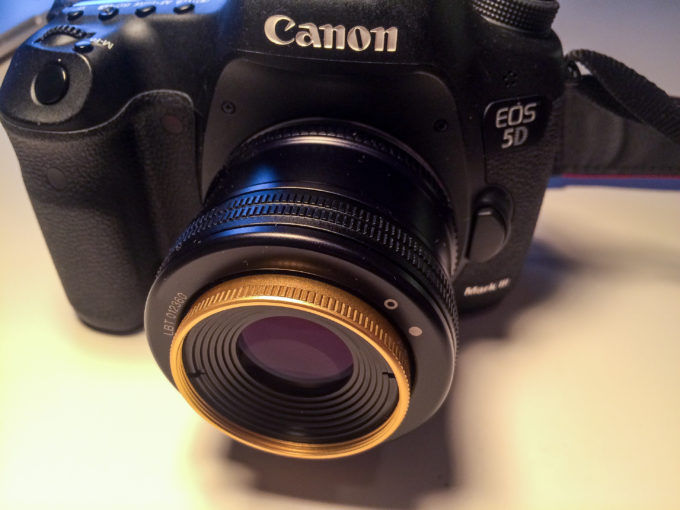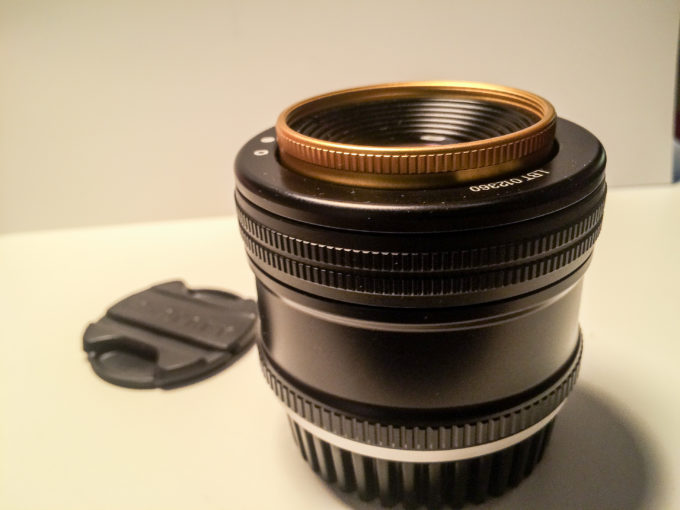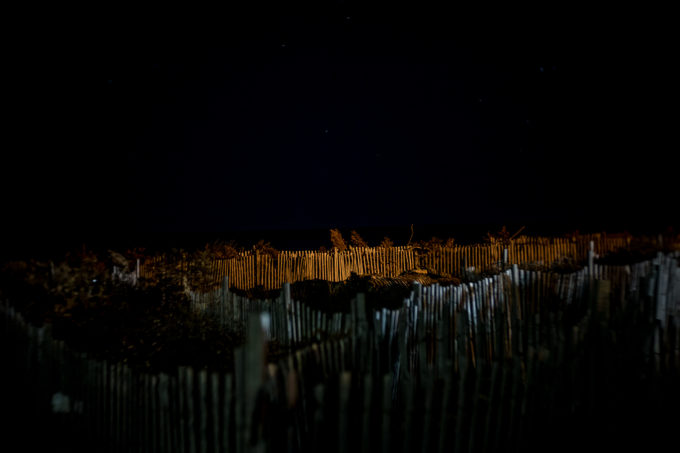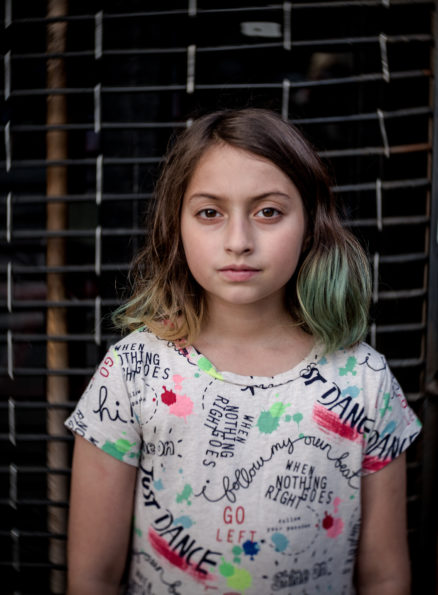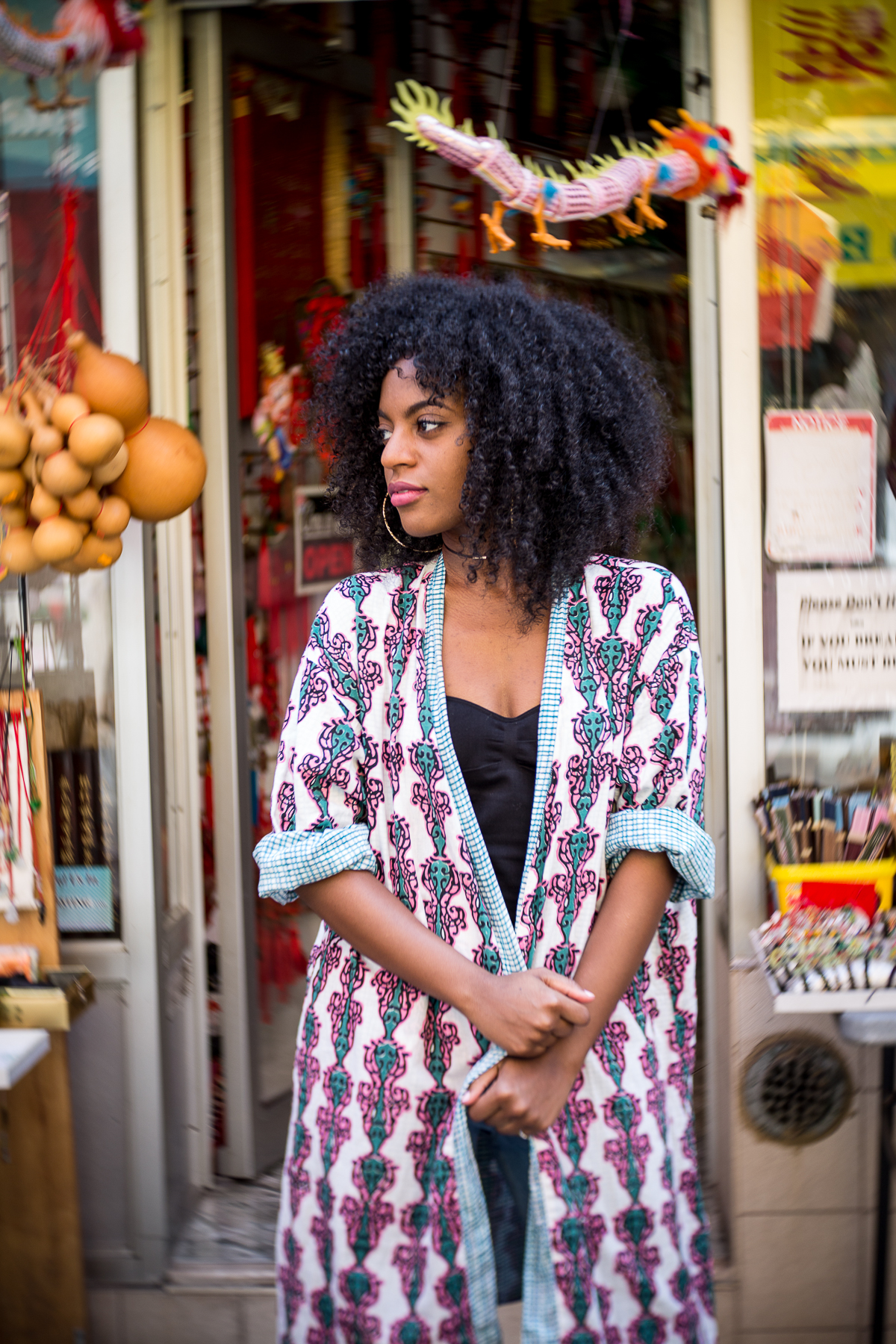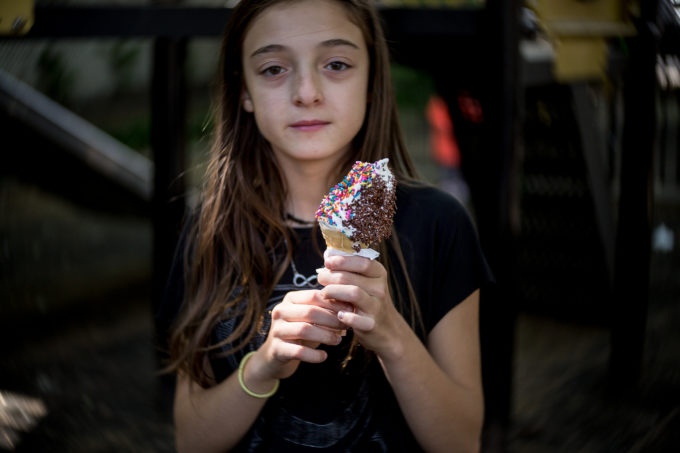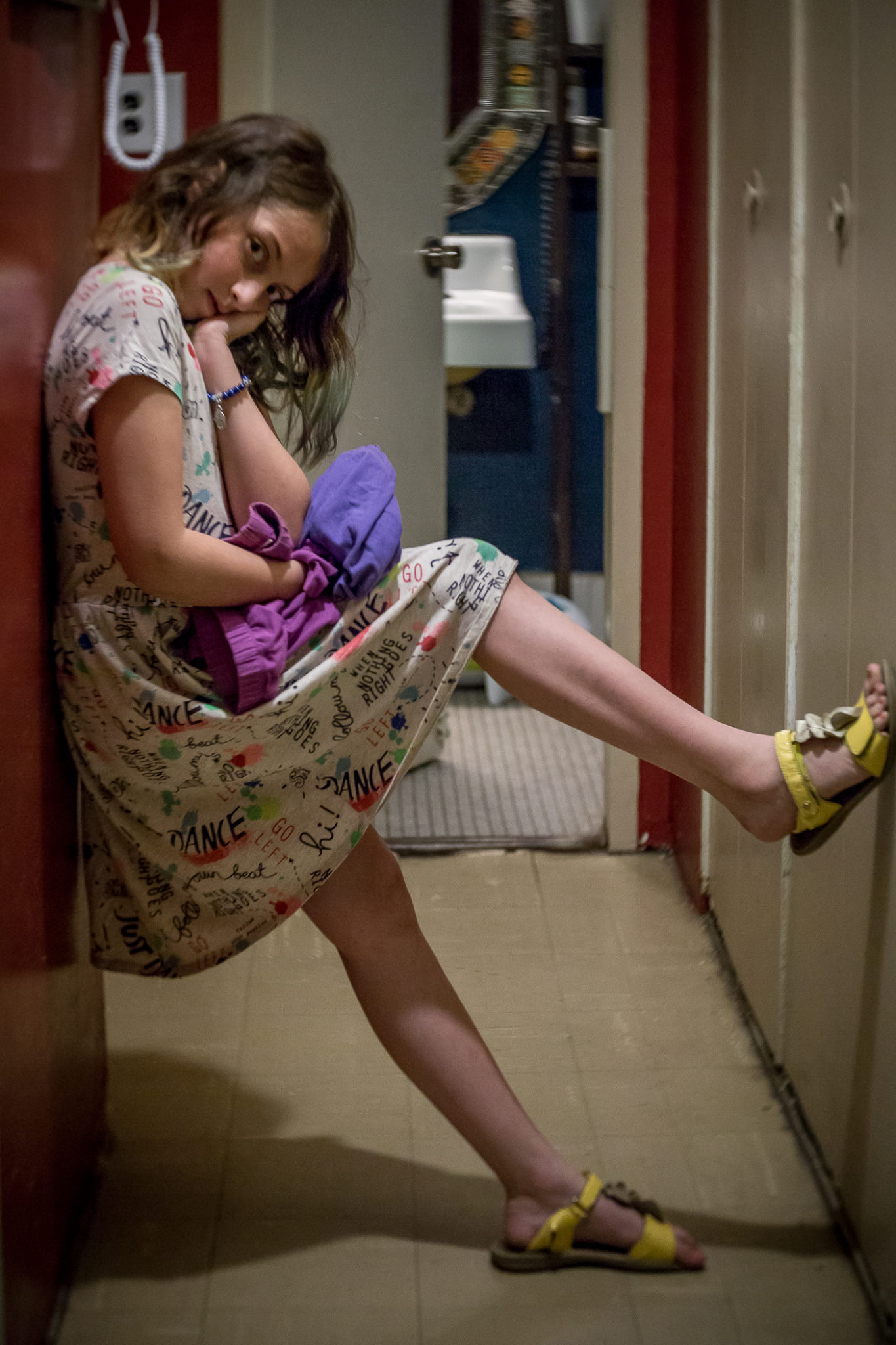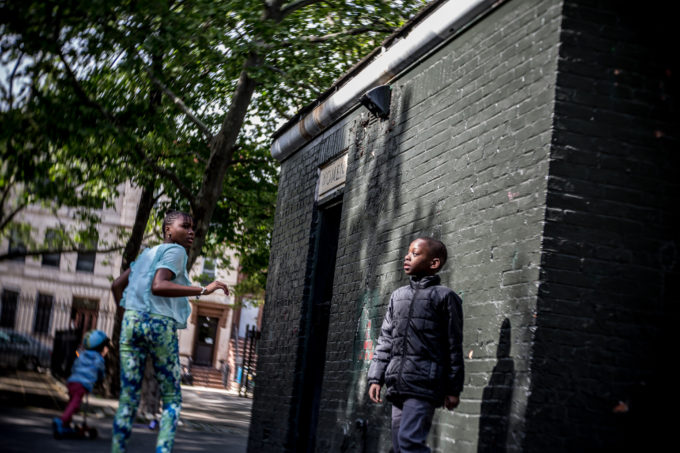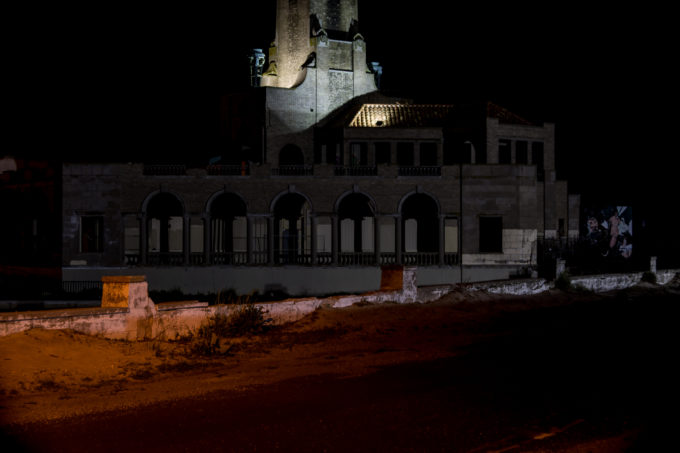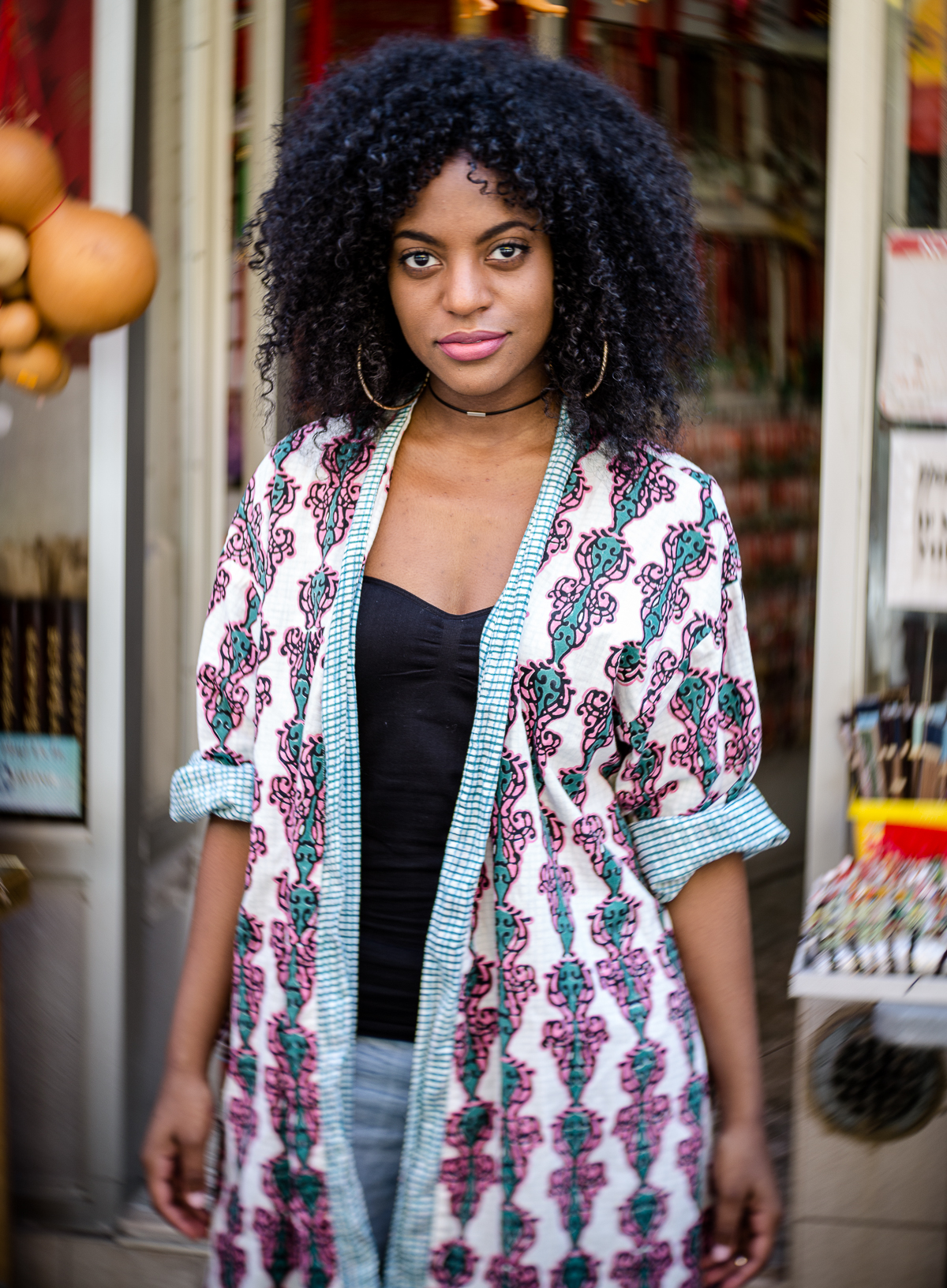Additional reporting done by Chris Gampat
Lensbaby has always been a company that does things just a bit different from the rest. Such is the case with the company’s Twist 60mm f2.5 lens. It’s well built and in the right situations can deliver beautiful photos that will really make your jaw drop. At the same time though, it’s not for everyone. This lens is based off of the old Petzval schematics–and you should be willing to embrace that with this lens.
Pros and Cons
Pros
• The Twist 60 lens is super light weight and small; easy to throw in your bag to have on hand whenever you want to add a different look to any type of shoot
• The edge swirl blurs the background so well that its possible to get a great portrait in front of a terrible, busy background
• Would be a great additional lens for shooting wedding details – it creates a dreamy, novelty look that can be quite beautiful
• The widest aperture of f/2.5 produces the most extreme swirl and blur, but stopped down to f/22 its is actually quite sharp and reduces the blurring effect with results pretty similar to a normal 60mm lens
• A fun portrait lens in daylight
• Beautiful colors
Cons
• Only the center can be in focus, forcing you to frame every subject dead center, which limits your composition.
• Hard to focus in low light or any subject that moves at all (like children, animals)
• For street or candid photography it is very hard to focus (an already manual focus lens) fast enough to catch quick decisive moments because its focus its just too narrow to estimate.
• The gold aperture ring is kind of pretty, but really is not helpful if you need to be low key, unless you like to hear people say,”Wow that’s a fancy gold lens!”
Gear Used
The Lensbaby Twist 60 was tested with the Canon 5D Mk III.
Tech Specs
Tech specs taken from the Amazon listing
| Compatible Mountings | Canon EF |
|---|---|
| Focus Type | manual-focus |
| Item Dimensions | 2.24 x 2.52 x 2.52 inches |
| Item Weight | 0.62 pounds |
| Lens Type | fixed |
| Maximum Aperture | ƒ/2.5 |
| Maximum Focal Length | 60 |
| Minimum Aperture | ƒ/22 |
|---|---|
| Minimum Focal Length | 60 |
| Model Year | 2016 |
| Real Angle Of View | 0 Degrees |
| Shipping Weight | 0.7 pounds |
| Zoom Type | Fixed |
Ergonomics
The Lensbaby Twist 60 is something a bit like the company’s newer optics while mixing in a bit of the old–even when it comes to ergonomics. You’re treated to what mostly a metal lens–that’s an ode to the newer build while the older lenses included a lot of black in their looks and style.
Where the black meets the gold, what you’ll find is a focusing ring that helps you, well, do exactly what you need to do. There is no zoom on this lens as it is a prime lens.
To change the aperture, what you’ll do it twist the golden area of the lens. You’ll also notice markings to help you correspond to what aperture you’re using.
Build Quality
The Twist 60 is a very solid, metal-bodied lens; aperture and focus ring are very smooth and feels well built. It has no motors or electronics inside, so you can basically treat it like any mechanical item.
Focusing
This lens is manual focus only optic; you need to be very accurate which is harder to do in low light, especially if your vision isn’t perfect (as mine is not). The lens and viewfinder darkens as you stop the lens down, which helps you see the DOF better in day light. But all around, be prepared to take your time getting the focus right, which must be in the center.
Ease of Use
I don’t always want my subject dead center in the frame, and if your subject is even slightly above, below or to either side of center, important elements such as eyes will be out of focus. I am most accustomed to shooting with multi-focusing points and recomposing the frame as needed, but with this lens, the only area that will be sharp is dead center, which I found frustrating. I don’t want my lens to tell me where I can have someone’s eyes in focus, as that takes away from the image I can create. A few times I focused dead center and it looked sharp, then reviewed the images and they were way out of focus. Not just soft, but way out of focus.
Trying this lens out on a variety of subjects, I found on average only 2 out of 15 frames would be very sharp. During a portrait shoot I got completely frustrated with it and switched back to my other lens. You don’t always have time on a shoot to ask someone to hold completely still for you to focus on them repeatedly, if your subject to camera distance changes even slightly, so I wouldn’t recommended it on any important shoot where you don’t have plenty of time to get the shot.
It’s better for casual, fun, artsy type work. But when it does work, it has a really beautiful look to it. Not really an out of the box and go sort of lens; to understand its strengths and capabilities, you really need to do a bit of experimenting first to make it work for you.
Image Quality
Overall when it comes to image quality, you should really consider that this isn’t a conventional optic. It’s modeled after the old Petzval lenses and will deliver swirly bokeh. To that end, it’s best used with you putting your main subject right in the center where the lens is sharpest. When you nail the focusing correctly, this lens is very sharp. But otherwise you’ll be left very frustrated if all you care about is 100% perfect sharpness.
This lens is also very much about the look though–that bokeh is reason enough to use this lens as are the colors.
Sharpness
When you actually get your subject focused in center, the center is really quite sharp! As similar to say a Holga lens, you have to experiment and learn to be ok with less than perfect and consistent results every time.
Bokeh
It has a nice swirl blur that almost looks like a circle around the frame. Not quite as smooth as some lenses tho, more jagged. The first thing I think of is how I could achieve a similar look with the Smudge Tool in Photoshop. But then I’d be spending that extra time on the computer doing this and not shooting more images.
Color Rendition
Color is very accurate right out of the camera. In general, the output with a lens like this needs minimal adjustments in post, as the images are not too saturated.
Color Fringing
In our tests, we found a little bit but not enough to really even matter.
Extra Image Samples
Conclusions
I experimented with the Twist 60 lens in a variety of situations that I knew it wasn’t intended for -such as very low light at night, and children moving around. I kept the lens on camera as I went out on to shoot for fun, and most of the time it was frustrating for me, since I shoot quick and moving subjects quite often.
Its true beauty only really came out during portraits in daylight. Since I didn’t have to also worry about a strobe or other lighting, I was able to devote more time to focusing the lens and challenging myself to always keep the model dead center of the frame. It worked beautifully then! I tend to shoot much more loose, but if you are someone who has a nostalgia for older, quirky lenses and you can take your time experimenting, you might love this. Also good if you want to challenge yourself to slow down, relinquish some control, and learn to be at ease with less than perfection.
Want one? Check out of the Amazon listing for the latest prices.


